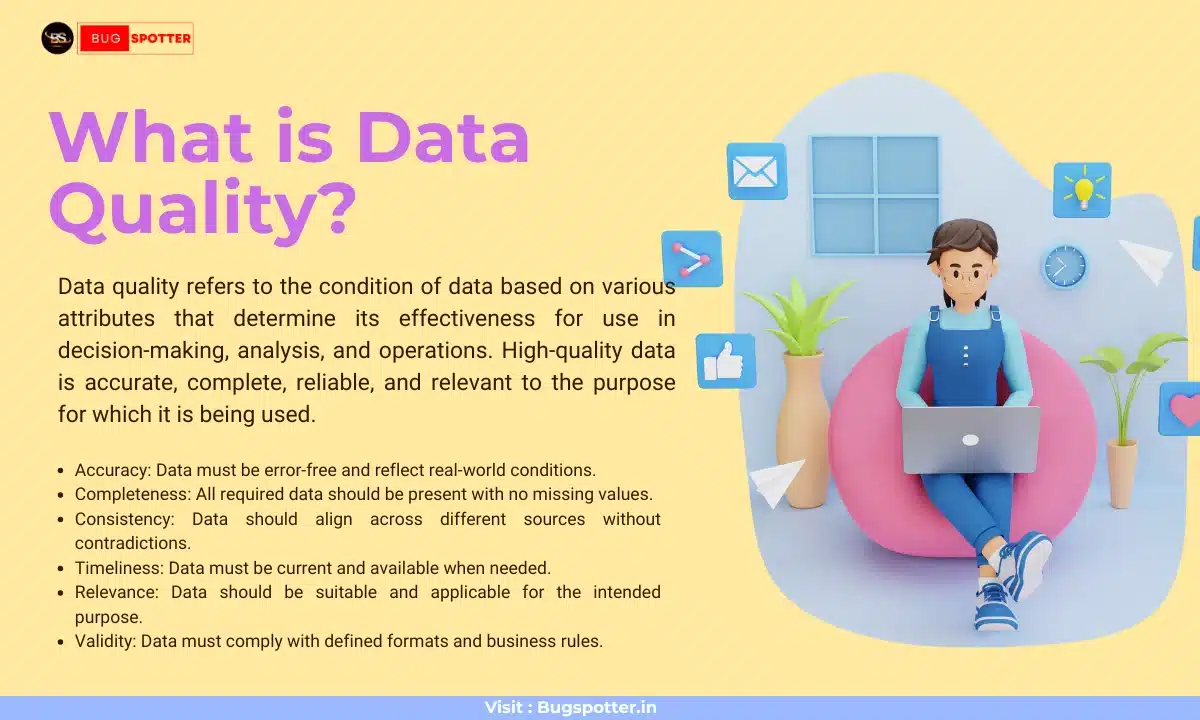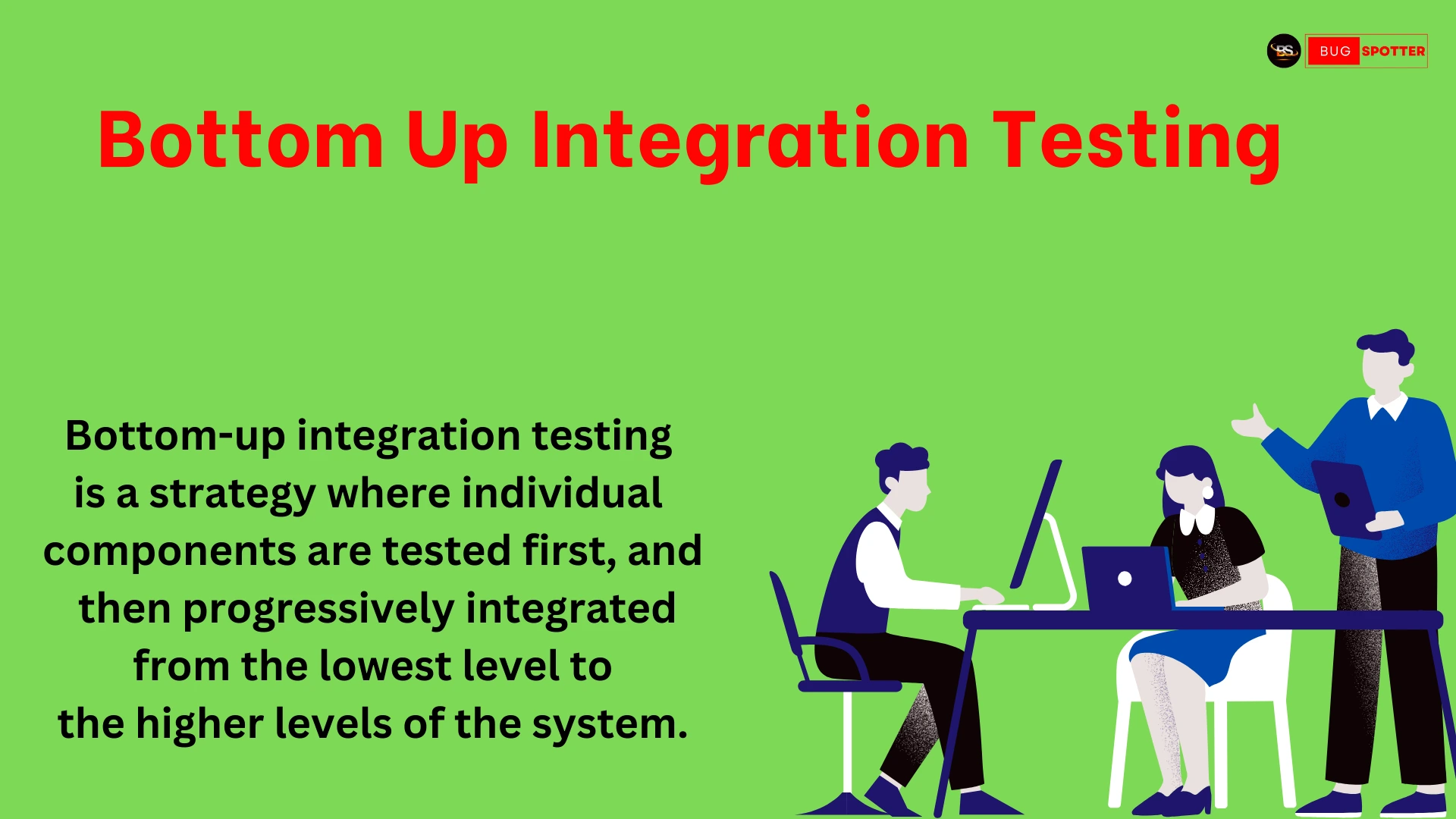Importance of Data Quality in Data Analysis

Introduction
In today’s data-driven world, organizations across industries rely on data analysis to make informed decisions. From businesses and healthcare providers to governments and non-profits, data is at the heart of strategies that drive innovation, productivity, and efficiency. But here’s the catch—no matter how advanced the tools or complex the algorithms, the outcome of any data analysis is only as good as the data itself. This is where data quality plays a pivotal role.
What is Data Quality ?
Data quality refers to the condition of data based on several key attributes like accuracy, completeness, consistency, reliability, and timeliness. High-quality data is free from errors, inconsistencies, and biases, making it dependable for analysis.
When data is of poor quality—such as missing values, incorrect entries, or outdated information—it can lead to misleading conclusions and flawed decisions. On the other hand, clean, accurate, and reliable data enhances the credibility and precision of data analysis.
what is the Impact of Poor Data Quality on Data Analysis
Poor data quality can severely impact the results of data analysis in various ways:
Inaccurate Insights: If the data contains errors or inconsistencies, the analysis will produce misleading results. This can lead to wrong conclusions and decisions, potentially causing harm to an organization’s strategy and performance.
Wasted Resources: Time, money, and effort spent on analyzing poor-quality data can be a waste of valuable resources. The outcome may require reworking or validation, costing both time and money.
Loss of Trust: Stakeholders, decision-makers, and customers may lose confidence in the organization’s ability to leverage data effectively, especially if poor data quality consistently leads to incorrect decisions or outcomes.
Regulatory and Compliance Risks: In regulated industries like healthcare and finance, poor-quality data can lead to legal issues, non-compliance with industry standards, or even fines.
Key Elements of Data Quality
To ensure data quality, it’s important to focus on several key attributes that collectively define what makes data trustworthy and useful:
Accuracy: The data should represent the real-world situation accurately, without errors or misrepresentations. For example, if you’re tracking customer data, it should be correct and reflect the true details of the customer.
Completeness: Data should be as complete as possible. Missing or incomplete data can lead to gaps in analysis and unreliable conclusions. Ensuring that data is collected from all relevant sources is key.
Consistency: Consistent data means the data values align with defined formats, standards, or protocols. Discrepancies between datasets can skew results. For instance, one dataset may represent dates in different formats (MM/DD/YYYY vs. DD/MM/YYYY), leading to confusion and potential misinterpretation.
Timeliness: Data should be up-to-date and relevant. Outdated information, such as using last year’s sales data to predict current trends, may not reflect the current business environment or market conditions.
Reliability: Reliable data is repeatable and can be trusted to produce the same results under similar conditions. It should be collected using standardized methods and tools.
How Poor Data Quality Affects Decision-Making
When you make decisions based on data, it’s crucial that the data driving your decisions is accurate, up-to-date, and relevant. Let’s consider a few examples of how poor-quality data can distort decision-making:
In Business: A company may analyze flawed sales data to forecast demand, which could result in overproduction or underproduction. This directly affects inventory management, customer satisfaction, and profitability.
In Healthcare: Using incomplete or incorrect patient data can lead to misdiagnoses, inappropriate treatments, or delays in care. Inaccurate data can even compromise patient safety and violate healthcare regulations.
In Marketing: Data-driven marketing decisions rely heavily on customer behavior data. Poor-quality data could result in targeting the wrong audience, leading to wasted marketing budgets and missed opportunities.
Strategies to Ensure Data Quality in Analysis
Given the importance of data quality, how can organizations ensure that their data is trustworthy and suitable for analysis? Here are a few best practices:
Data Validation: Implement processes to check for accuracy and consistency during data entry or collection. Use automated tools to validate data before it enters the system.
Data Cleansing: Regularly clean your data to remove duplicates, fix errors, and fill in missing values. Data cleansing should be an ongoing process to maintain data quality over time.
Data Profiling: Use data profiling techniques to understand the structure, content, and quality of your data. This helps identify anomalies and improve data consistency.
Data Governance: Establish clear data governance policies that define standards for data collection, storage, and usage. Data governance ensures that everyone in the organization follows consistent procedures and maintains high data quality.
Training and Awareness: Educate teams about the importance of data quality and ensure they are equipped with the tools and skills necessary to maintain high-quality data.
Latest Posts
- All Posts
- Software Testing
- Uncategorized





Categories
- Artificial Intelligence (5)
- Best IT Training Institute Pune (9)
- Cloud (2)
- Data Analyst (55)
- Data Analyst Pro (15)
- data engineer (18)
- Data Science (104)
- Data Science Pro (20)
- Data Science Questions (6)
- Digital Marketing (4)
- Full Stack Development (7)
- Hiring News (41)
- HR (3)
- Jobs (3)
- News (1)
- Placements (2)
- SAM (4)
- Software Testing (70)
- Software Testing Pro (8)
- Uncategorized (33)
- Update (33)
Tags
- Artificial Intelligence (5)
- Best IT Training Institute Pune (9)
- Cloud (2)
- Data Analyst (55)
- Data Analyst Pro (15)
- data engineer (18)
- Data Science (104)
- Data Science Pro (20)
- Data Science Questions (6)
- Digital Marketing (4)
- Full Stack Development (7)
- Hiring News (41)
- HR (3)
- Jobs (3)
- News (1)
- Placements (2)
- SAM (4)
- Software Testing (70)
- Software Testing Pro (8)
- Uncategorized (33)
- Update (33)





